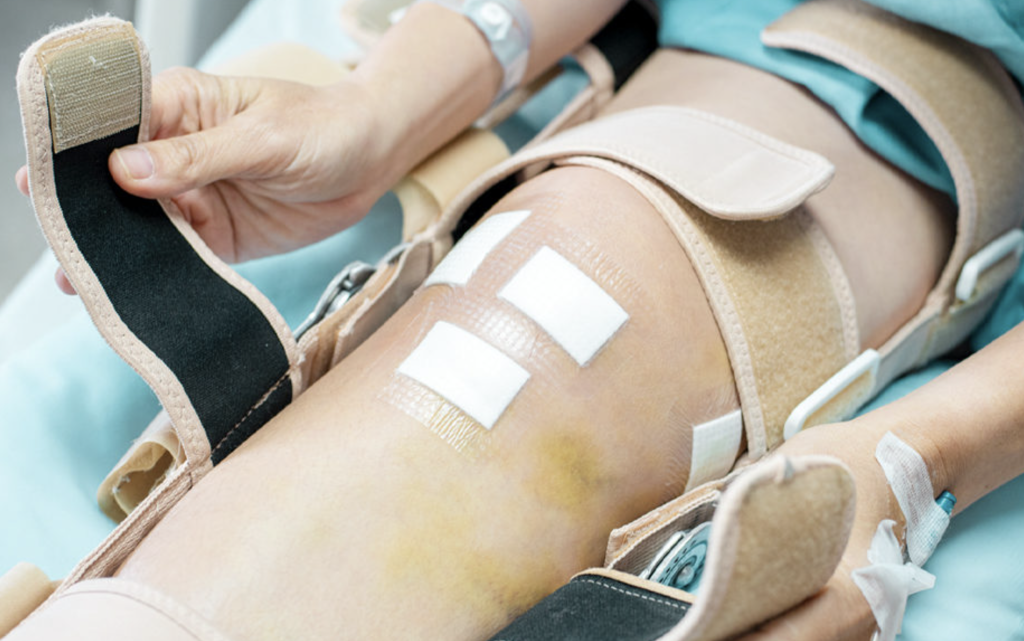Knee pain is a common problem usually resolved with simple remedies such as hot and cold compresses or over-the-counter medications. However, specific knee injuries may not respond to conservative treatment and require surgical intervention. Today, specialists use Katy knee arthroscopy as a surgical approach to treat a wide range of knee problems. The procedure involves less pain, and patients recover faster than traditional surgery. Below is what you need to learn about knee arthroscopy.
What is knee arthroscopy?
Knee arthroscopy is a minimally invasive surgical procedure that healthcare providers use to diagnose and treat a range of knee injuries. For this procedure, your specialist makes small incisions the size of a keyhole, through which they insert a tiny camera. The camera allows your healthcare provider to see the knee’s inside through images that reflect on a screen. After inserting the camera, the doctor directs small tools inside the incisions to repair or remove damaged tissue. Unlike traditional surgery that requires large incisions, knee arthroscopy involves tiny cuts, meaning there’s a reduced risk of damage to nearby structures. The recovery period is also shorter than for traditional surgery.
When would I need knee arthroscopy?
Specialists usually recommend this procedure for knee pain that doesn’t respond to non-surgical treatments such as rest, ice, non-steroidal anti-inflammatory drugs, and physical therapy. Arthroscopy can also be a diagnostic procedure for knee injuries affecting the ligaments and cartilage in your knee joint. Although this procedure offers relief for most knee pain, it may not benefit patients with pain caused by arthritis. Your doctor uses knee arthroscopy to:
Treat knee injuries
Knee problems such as torn ligaments and tendons may require surgery for correction. In such cases, arthroscopy can help repair these structures. Using the camera’s guide, the doctor uses small tools to mend the damaged tissues. Sometimes treatment involves shaving off damaged bone or cartilage.
Diagnose injuries
During knee arthroscopy, the camera your doctor uses shows your knees’ internal structure, including the damaged bones and ligaments. It also allows the doctor to look at swollen areas enabling them to diagnose injuries. These images also help the physician confirm a diagnosis.
How do I prepare for knee arthroscopy?
You need to consult with your doctor to understand the dos and don’ts before surgery. Your healthcare provider may ask you to stop taking dietary supplements and over-the-counter drugs several days or weeks before surgery to reduce the risk of excessive bleeding. You are also to refrain from eating six to 12 hours before surgery. Expect a review of your medical history to identify problems that may interfere with the procedure. You may require a more extensive evaluation if you have certain health risks.
Here is also when you learn about the complications that may result following the procedure, which include reactions to anesthesia, nerve damage, infection, bleeding, and clot formation in a vein.
If you have ongoing knee pain that doesn’t improve with conservative treatments, consult with your doctor at Integrity Orthopedics to understand whether you can benefit from knee arthroscopy.

